Optimal Timing for Fire Restoration
Determining the optimal time for fire restorations involves considering seasonal and environmental factors. Typically, restoration work is most effective during the late spring and early fall when weather conditions are moderate and conducive to thorough cleanup and repair processes. Avoiding extreme temperatures and high humidity levels can help ensure the effectiveness of restoration efforts.
Spring offers milder weather, reducing delays caused by harsh conditions. It allows for efficient drying and cleaning, minimizing mold growth.
Fall provides cooler temperatures and less humidity, ideal for structural repairs and odor removal without the risk of weather-related disruptions.
High summer temperatures and humidity can hinder drying processes, while winter cold can complicate repairs and material handling.
Weather fluctuations can affect the timeline and quality of fire restoration. Planning around forecasted conditions ensures better results.
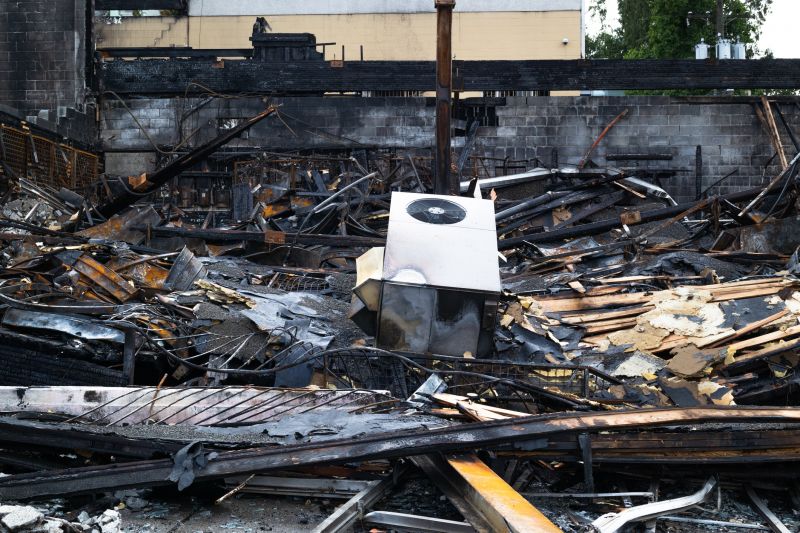
Initial evaluation of fire-affected structures is essential for planning restoration timelines and methods.
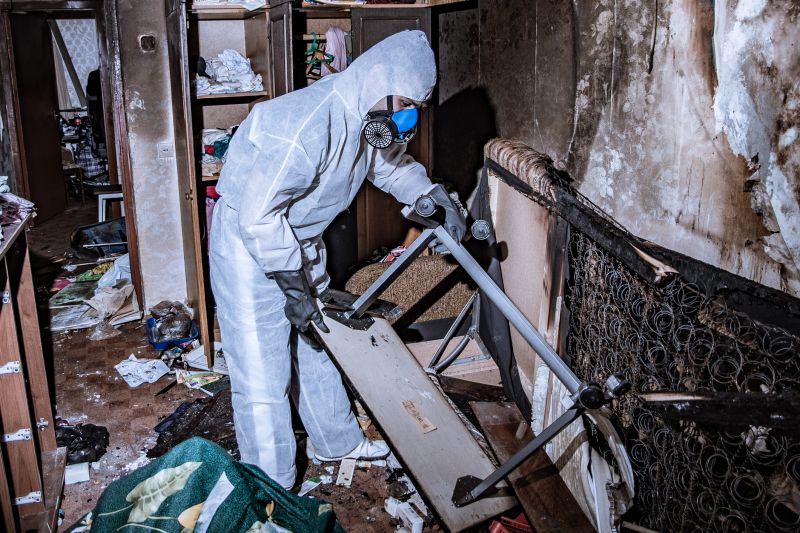
Removing soot, ash, and debris is a critical early step in fire restoration, best performed during favorable weather conditions.
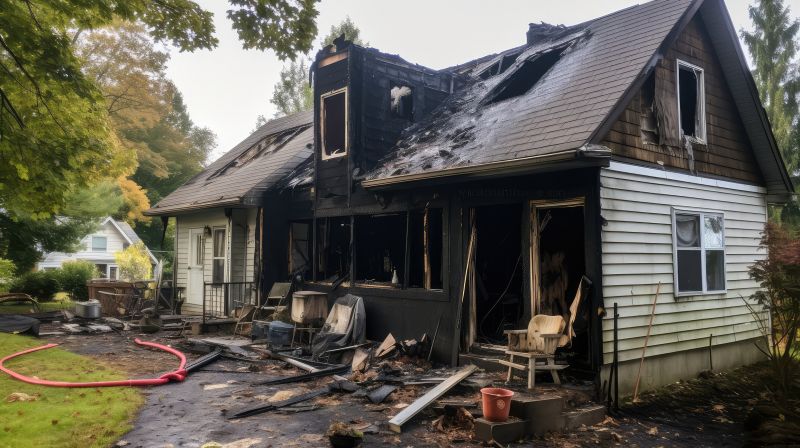
Restoring structural integrity is vital and is best scheduled during seasons with mild weather to facilitate repairs.
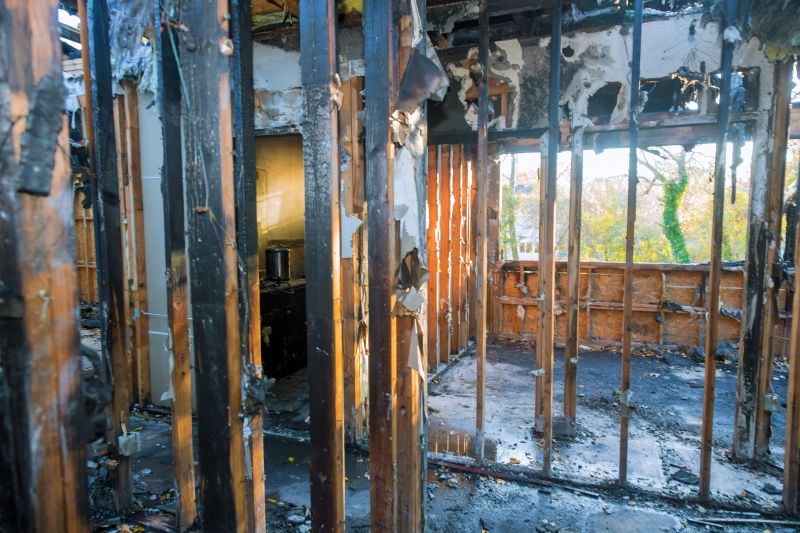
Ways to make Fire Restorations work in tight or awkward layouts.
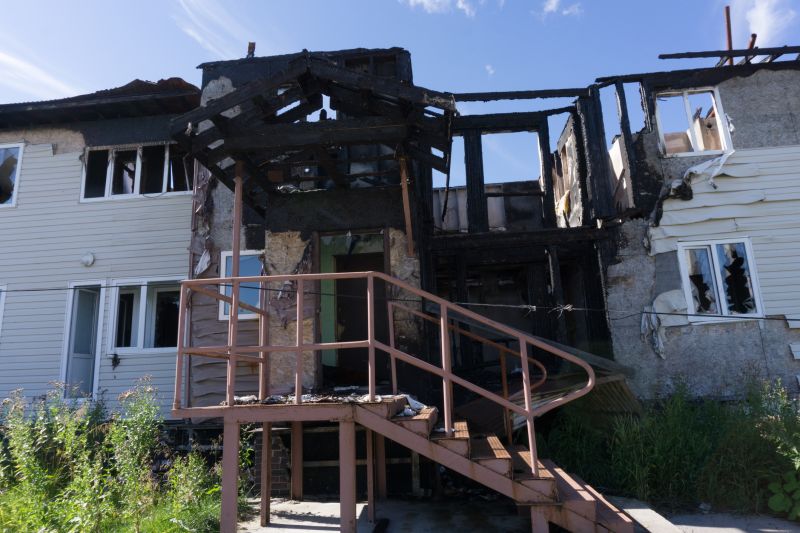
Popular materials for Fire Restorations and why they hold up over time.
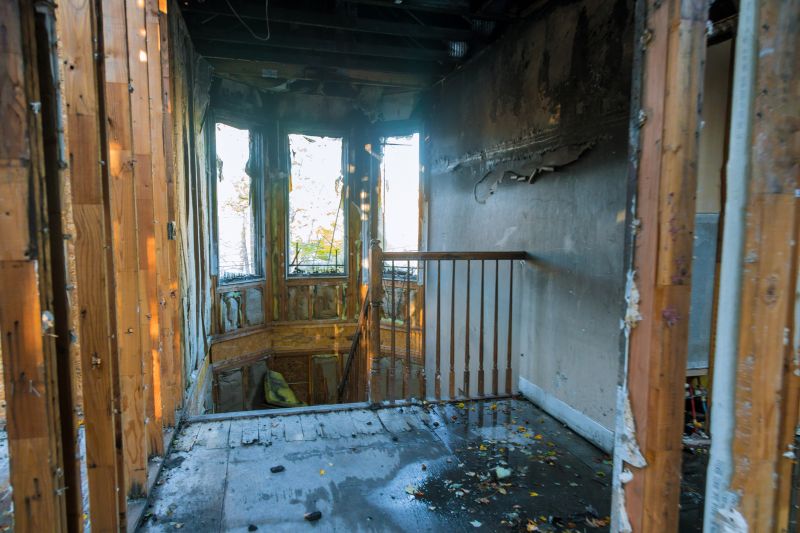
Simple add-ons that improve Fire Restorations without blowing the budget.
| Season | Optimal Activities |
|---|---|
| Spring | Assessment, cleaning, structural repairs |
| Summer | Limited due to high humidity and heat |
| Fall | Structural repairs, odor removal |
| Winter | Challenging for repairs, focus on interior mitigation |
Statistics show that prompt fire restoration significantly reduces long-term damage and costs. Delays in addressing fire damage can lead to increased structural issues and health hazards. Therefore, understanding seasonal impacts and planning accordingly can optimize restoration outcomes and safety.
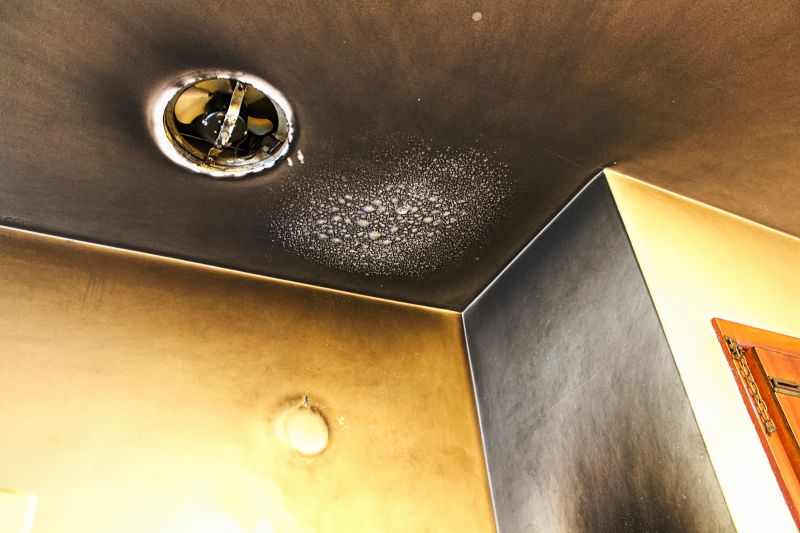
Effective removal of soot and residues is essential for restoring indoor air quality.

Specialized treatments help eliminate persistent smoke odors from affected spaces.
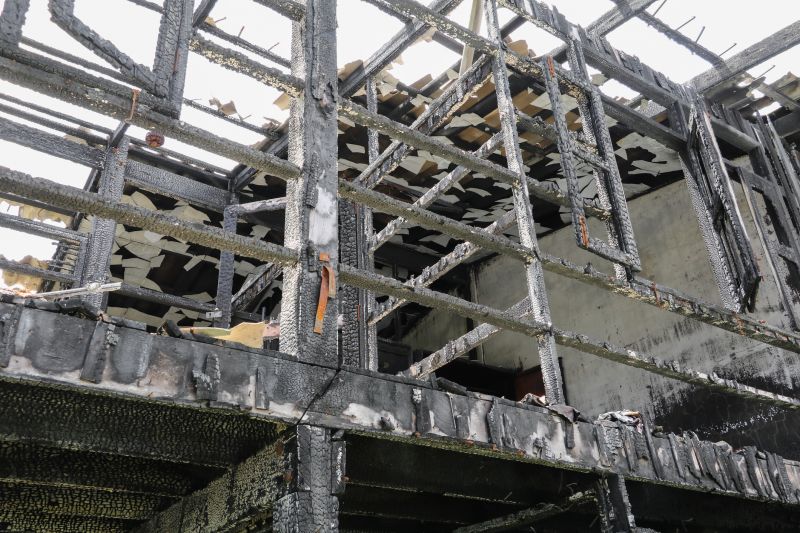
Rebuilding and repairing structural elements restore safety and stability.
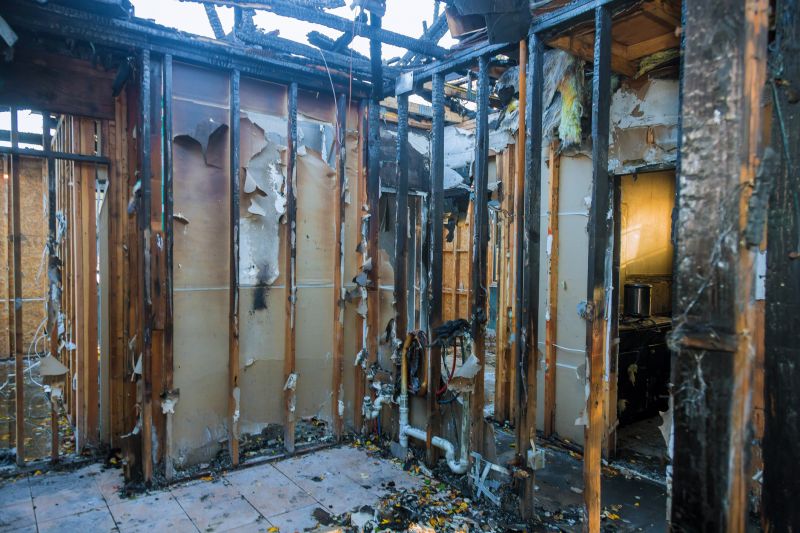
Ensures all restoration work meets quality standards before occupancy.
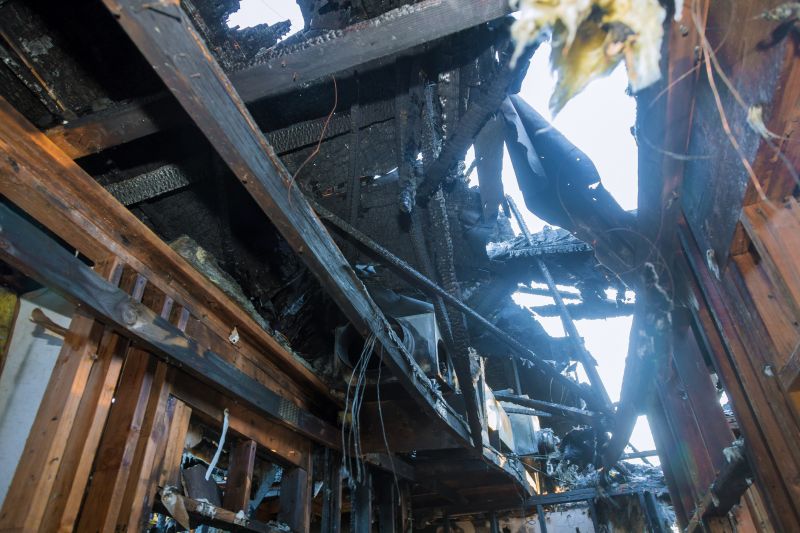
High-end options that actually feel worth it for Fire Restorations.
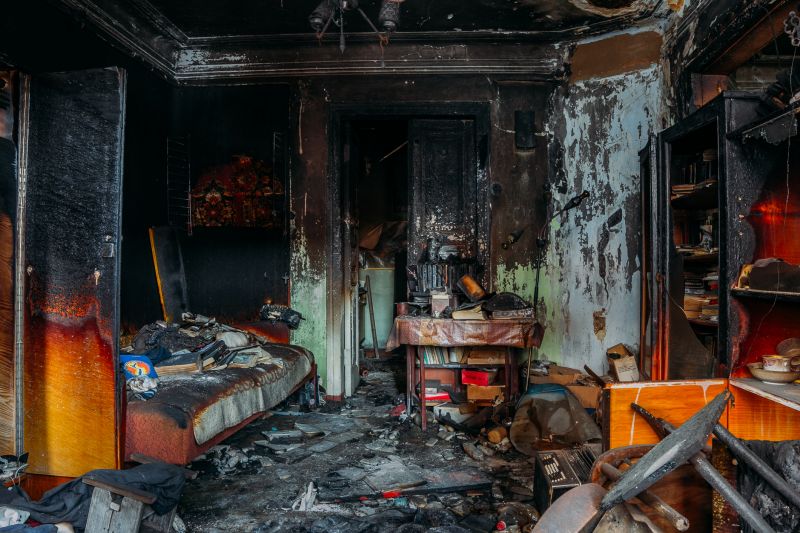
Finishes and colors that play nicely with Fire Restorations.
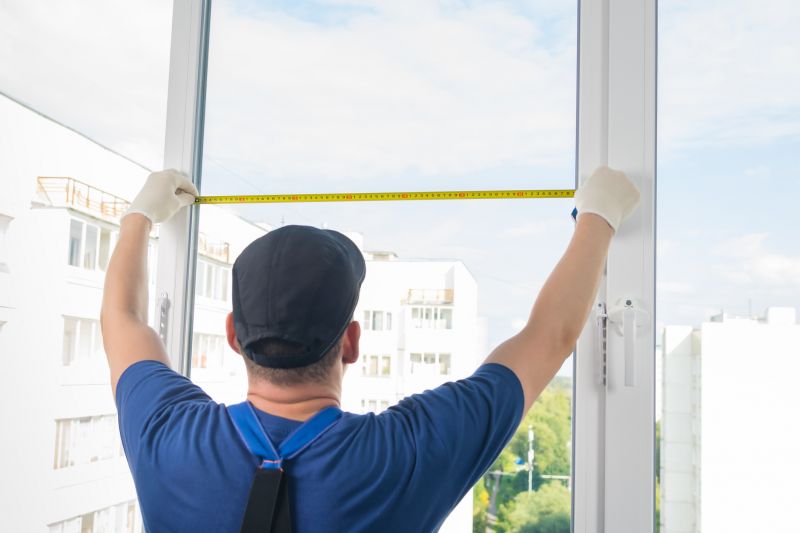
Little measurements that prevent headaches on Fire Restorations day.
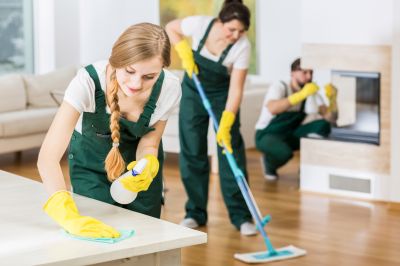
A 60-second routine that keeps Fire Restorations looking new.
Interested parties are encouraged to contact for further information regarding fire restoration services. Proper timing and expert intervention are key to effective recovery from fire damage, helping to restore safety and comfort to affected properties.
